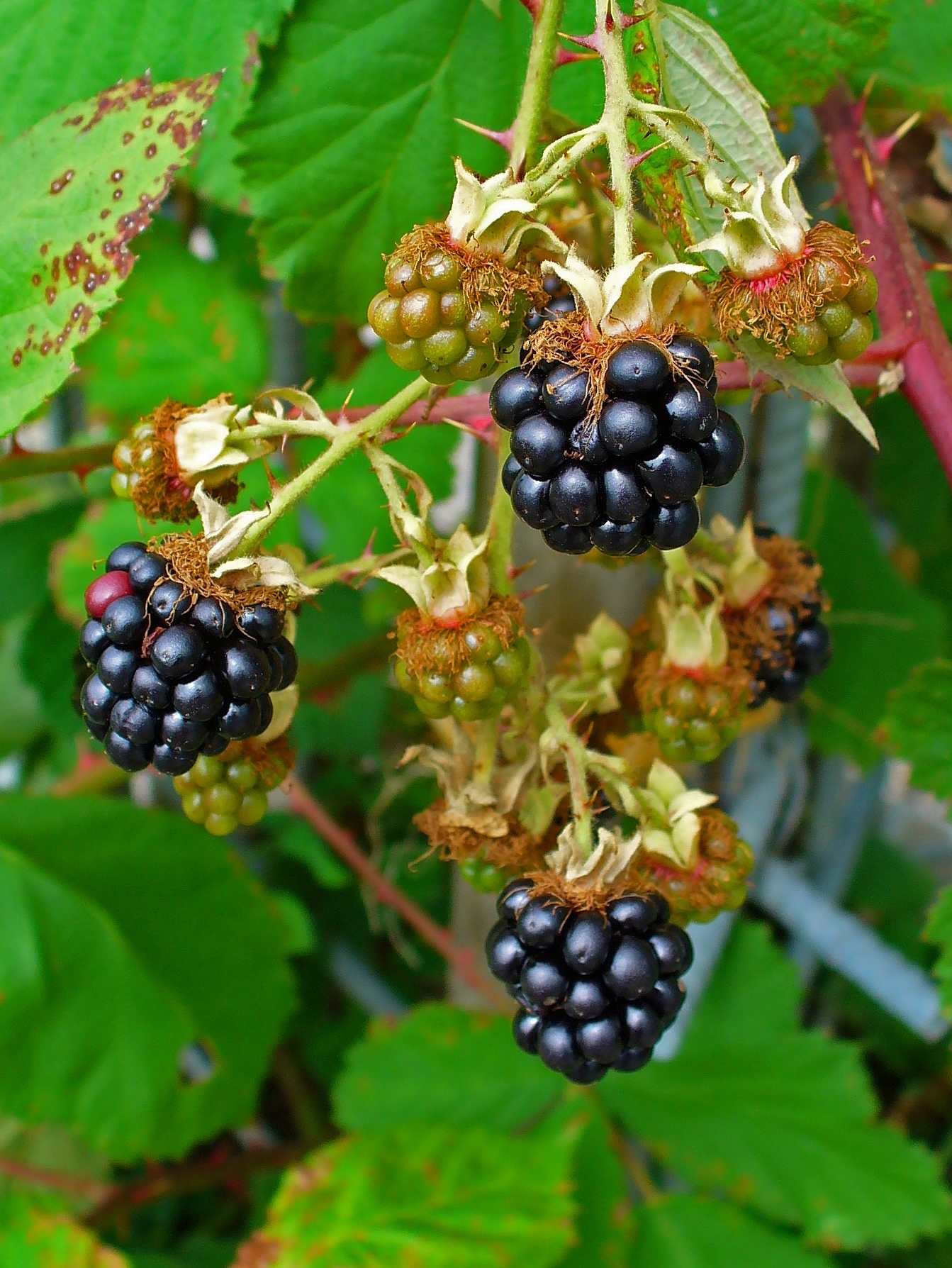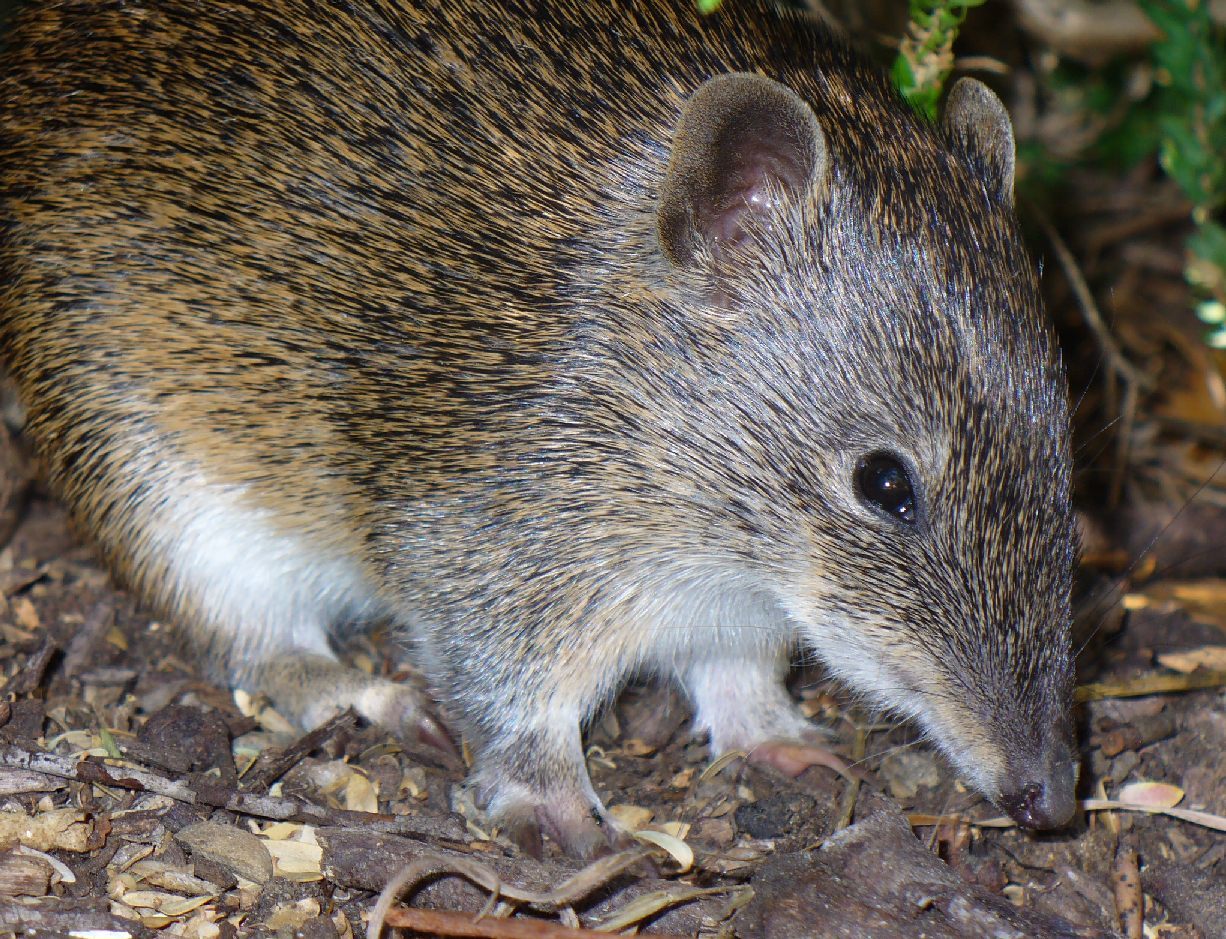Blackberry is a sprawling shrub that forms dense spiny thickets. It was planted in colonial times as a food plant but has become widely established as a pest in native vegetation and pasture.
‘Blackberry’ refers to a number of closely related plants within the Rubus fruticosus group. There are currently 16 known species in Australia. In greater Adelaide blackberry is widely distributed where annual rainfall averages 700 mm. It is most common in gullies and along watercourses.
Why is blackberry a problem?
Blackberry thickets can:
- quickly force out native vegetation, reducing local biodiversity
- smother ground-layer plants, leaving bare soil at risk of erosion
- become a significant fire hazard
- injure humans and animals
- provide shelter for pests such as foxes and rabbits
- reduce grazing land in pastures.
What does blackberry look like?
Blackberry is a long-lived, fast-growing, semi-deciduous shrub that forms large thickets of long spiny canes that grow up to 7 m long. It has white or pink flowers and fruit in late spring and summer but only on plants that are more than a year old.

When the berries ripen in late summer they change colour from green to red to almost black. Each fruit can have as many as 80 seeds.

Leaves are usually dark green on top with a lighter green underside. The leaf veins and stalks are covered with short prickles. Leaves are shed in winter.
How does blackberry spread?
New plants develop at the tips of first-year canes during autumn and winter. If these touch the ground, they can establish roots and new shoots.
New shoots can also grow from the plants’ root system, which can be up to 4 m underground.
The fruit is a food source for birds and mammals (especially foxes) and consequently, they can spread the seeds far and wide.
Blackberry and bandicoots
In some settings blackberry may provide protection for native animals, such as the endangered southern brown bandicoot (Isoodon obesulus obesulus). Where southern brown bandicoots are present, blackberry removal must be staged, so that suitable habitat is still available for the bandicoots at all times.
Completely removing the blackberry all at once increases the risk of exposing bandicoots to predators. If you want to remove blackberry, but potentially have bandicoots, please contact us to get some advice from our knowledgeable staff.

How to get rid of blackberry from your property
The main challenge in managing blackberry is stopping its spread. The way to do this is to control new outbreaks first and then reduce the extent of existing infestations. Monitoring sites that have been controlled is important to prevent reinfestation.
An effective management program may involve a combination of control methods planned over a number of years.
Manual
Slashing, excavating or brush cutting will reduce the size of the plant but won’t kill it. Root and cane fragments are likely to reshoot until fully removed or chemically treated.
Slashing and then waiting for fresh regrowth before applying herbicide will reduce the amount of chemical needed and the risk of unintentional damage to other plants.
Chemical
Several registered herbicides are available for control in different situations. In pastures, targeted spraying with a selective herbicide is best, as it will avoid killing available feed or making the soil bare and creating an erosion risk.
Cutting canes and swabbing with herbicide is suitable for small plants and in sensitive areas like native vegetation.
For advice on chemical options please refer to Controlling declared weeds in SA.
Is it a declared plant?
Yes. Blackberry is a declared weed under the Landscape South Australia Act 2019.